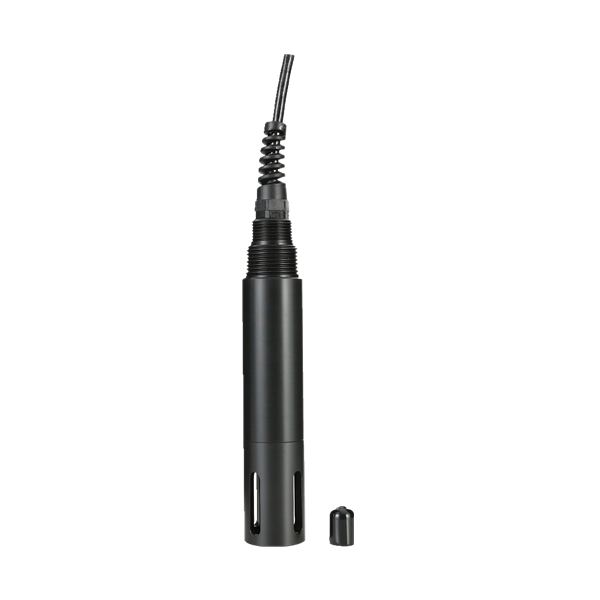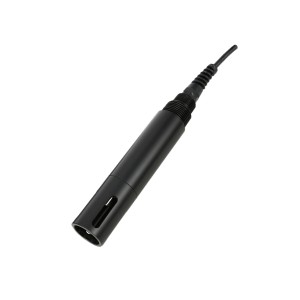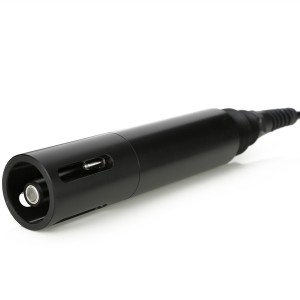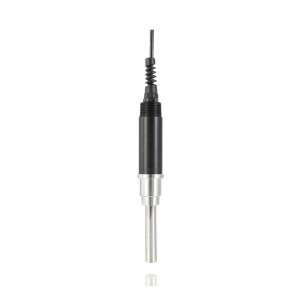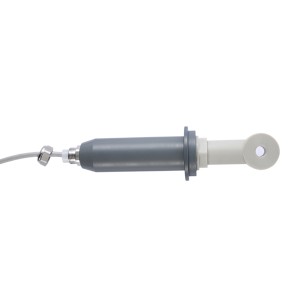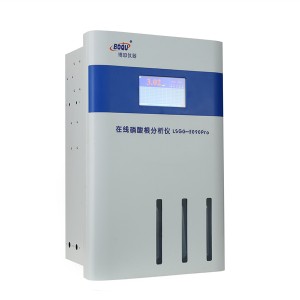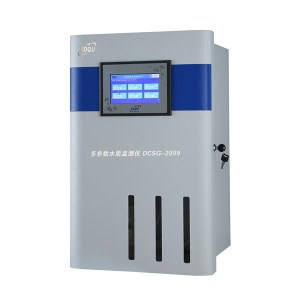Feature
·The on-line oxygen sensing electrode, can work stably for a long time.
·Built in temperature sensor, real-time temperature compensation.
·RS485 signal output, strong anti-interference ability, output distance up to 500m.
·Using the standard Modbus RTU (485) communication protocol.
·The operation is simple, the electrode parameters can be achieved by remote settings, remote calibration of electrode.
·24V - DC power supply.
|
Model |
BH-485-DO |
|
Parameter measurement |
Dissolved oxygen,temperature |
|
Measure range |
Dissolved oxygen: (0~20.0)mg/L Temperature: (0~50.0)℃ |
| Basic error
|
Dissolved oxygen: ±0.30mg/L Temperature: ±0.5℃ |
|
Response time |
Less than 60S |
|
Resolution |
Dissolved oxygen: 0.01ppm Temperature: 0.1℃ |
|
Power supply |
24VDC |
|
Power dissipation |
1W |
|
communication mode |
RS485(Modbus RTU) |
|
Cable length |
Can be ODM depend on user’s requirements |
|
Installation |
Sinking type, pipeline, circulation type etc. |
|
Overall size |
230mm×30mm |
|
Housing material |
ABS |
Dissolved oxygen is a measure of the amount of gaseous oxygen contained in water. Healthy waters that can support life must contain dissolved oxygen (DO).
Dissolved Oxygen enters water by:
direct absorption from the atmosphere.
rapid movement from winds, waves, currents or mechanical aeration.
aquatic plant life photosynthesis as a by-product of the process.
Measuring dissolved oxygen in water and treatment to maintain proper DO levels, are crucial functions in a variety of water treatment applications. While dissolved oxygen is necessary to support life and treatment processes, it can also be detrimental, causing oxidation that damages equipment and compromises product. Dissolved oxygen affects:
Quality: The DO concentration determines the quality of source water. Without enough DO, water turns foul and unhealthy affecting the quality of the environment, drinking water and other products.
Regulatory Compliance: To comply with regulations, waste water often needs to have certain concentrations of DO before it can be discharged into a stream, lake, river or waterway. Healthy waters that can support life must contain dissolved oxygen.
Process Control: DO levels are critical to control biological treatment of waste water, as well as the biofiltration phase of drinking water production. In some industrial applications (e.g. power production) any DO is detrimental for steam generation and must be removed and its concentrations must be tightly controlled.

